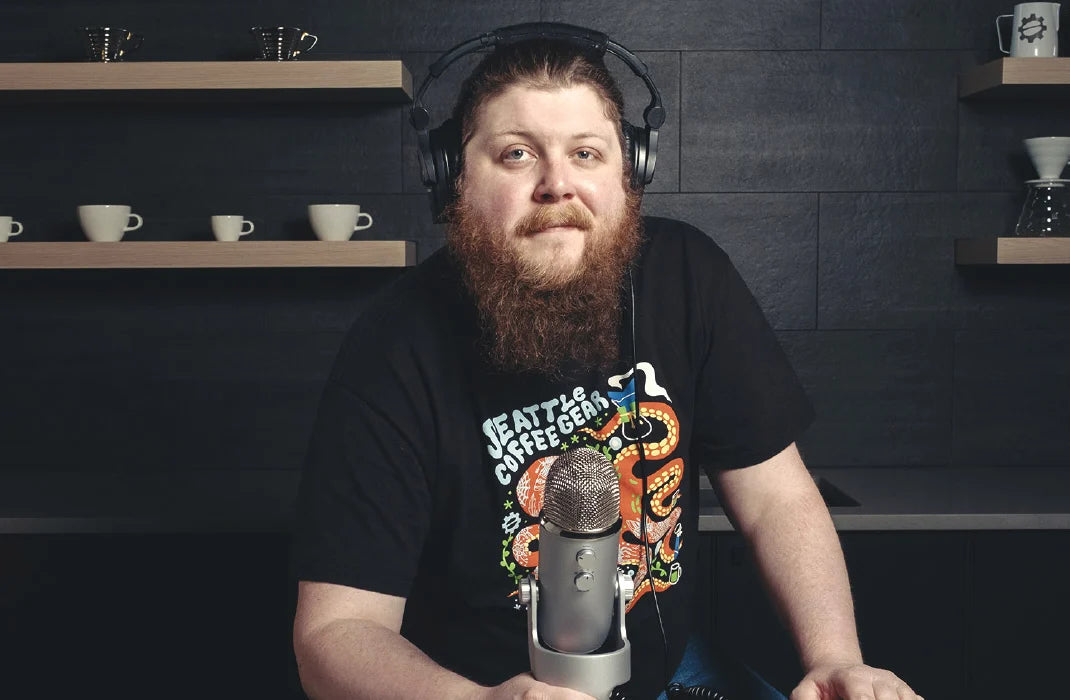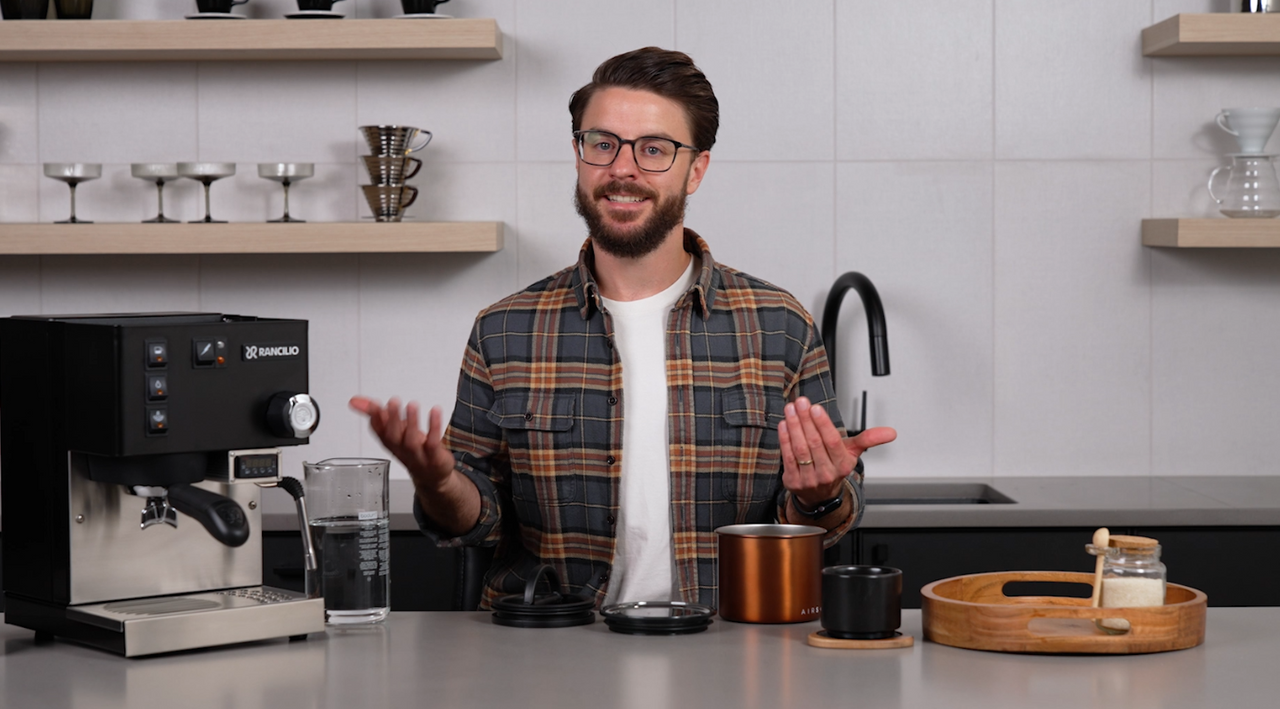We've all heard many a bold claim about brewing espresso at home. The truth is, there's a lot of myths and hype surrounding various aspects of the espresso process, and we're here to help you separate fact from fiction! If you'd like to see this list in video form be sure to scroll down and watch John's video for some additional thoughts too!
Let's get into the list!
Espresso Beans are Different than Regular Coffee Beans: Fiction
This one is a very common misconception. The truth is that there is no difference at all between "coffee" beans and "espresso" beans - they all come from the same place! The reason that you will see a roast labeled as an espresso is because the roaster either roasted it intentionally to work well with the espresso brew method, or because they just produced a roast that they have decided during tasting is a perfect fit for espresso. You can use any coffee bean for espresso brewing, and you can use beans marketed for espresso in a pour over or drip brewer too!
You Need and Expensive Grinder to Make Good Espresso: Fiction - Sort Of
This one is a little trickier. While you certainly can make good espresso with an affordable grinder, it is important that you use a grinder that is designed to grind for espresso. This is because you need much finer grounds for espresso than you do for slow brew methods, and many grinders are built with slow brew in mind and can't go fine enough for espresso. Beyond this, more expensive grinders often have higher quality burrs, stepless adjustment, and other features that do contribute to a higher quality grind.
With all of that in mind, you can make great espresso with a grinder like the Baratza Encore ESP without breaking the bank, so it's not a hard requirement to buy an expensive grinder for a good brew!
An Expensive Coffee Machine Will Automatically Make Better Coffee: Fiction
More expensive coffee equipment can definitely go a long way towards elevating your cup, but you still have to have an understanding of the brewing process and how to take advantage of the features on these machines to get a great cup. An experienced barista will definitely be able to make better espresso on an entry level machine than a total novice will be able to on an expensive commercial machine!
You Need a Dual Boiler or a PID Controller: Fiction
This goes hand in hand with the previous myth. PID controllers and dual boilers absolutely make brewing a great cup of coffee that much easier to achieve, but they're not a hard and fast requirement by any means. PID controllers help to control the temperature in your machine, so without one you may find that the brewing process is a bit trickier as you learn to "surf" the temperatures of a traditional thermostat. Dual boilers, on the other hand, provide extra capacity for steaming that means you don't have to wait for a temperature change in the boiler as you move from brewing to steaming or vice versa. Both of these features are worth the extra cost that they usually come with, but far from necessary to get a good cup.
Making Espresso at Home is Too Much Work: Fiction
This is another one that depends a bit on your needs and perspective. For some, it may not be worth it to go through the process of learning how to brew espresso at home. Maybe you just like pour over more, or maybe you have a cafe next door that you can get a great latte from. If you DO really want to learn to brew espresso at home the good news is that it really isn't that hard. While it can be a bit expensive to get started, you'll be brewing your favorite cafe drinks with just a few hours of practice, and you'll be doing it in just a few minutes. The one area that frustrates some users is maintenance, but thankfully modern machines make this very easy. We're definitely biased, but we think brewing espresso at home is a wonderful hobby that is both rewarding and delicious.
Superautomatic Espresso Machines are Lower Quality than Semi-Auto Machines: Sort Of
In a way, this is definitely a hard fact. Superautomatic espresso machines by their nature are designed to make espresso easy to brew, convenient, and consistent. This means that you have very little control over grind, dose, and timing. While some superautos do have programming, they'll never compete with a hands-on shot brewed by an experienced barista on a semi-automatic machines.
With that in mind, superautos are still a great choice for many users. These machines cut out that workflow and lower the learning curve for novices. So while you will always be able to get better quality out of a semi-auto when you put your mind to it, superautos obviously have their place (or we wouldn't recommend them)!
We hope you learned something here! As mentioned, check out our video version of this list below for some more thoughts on these topics, and let us know if you agree in the comments!


